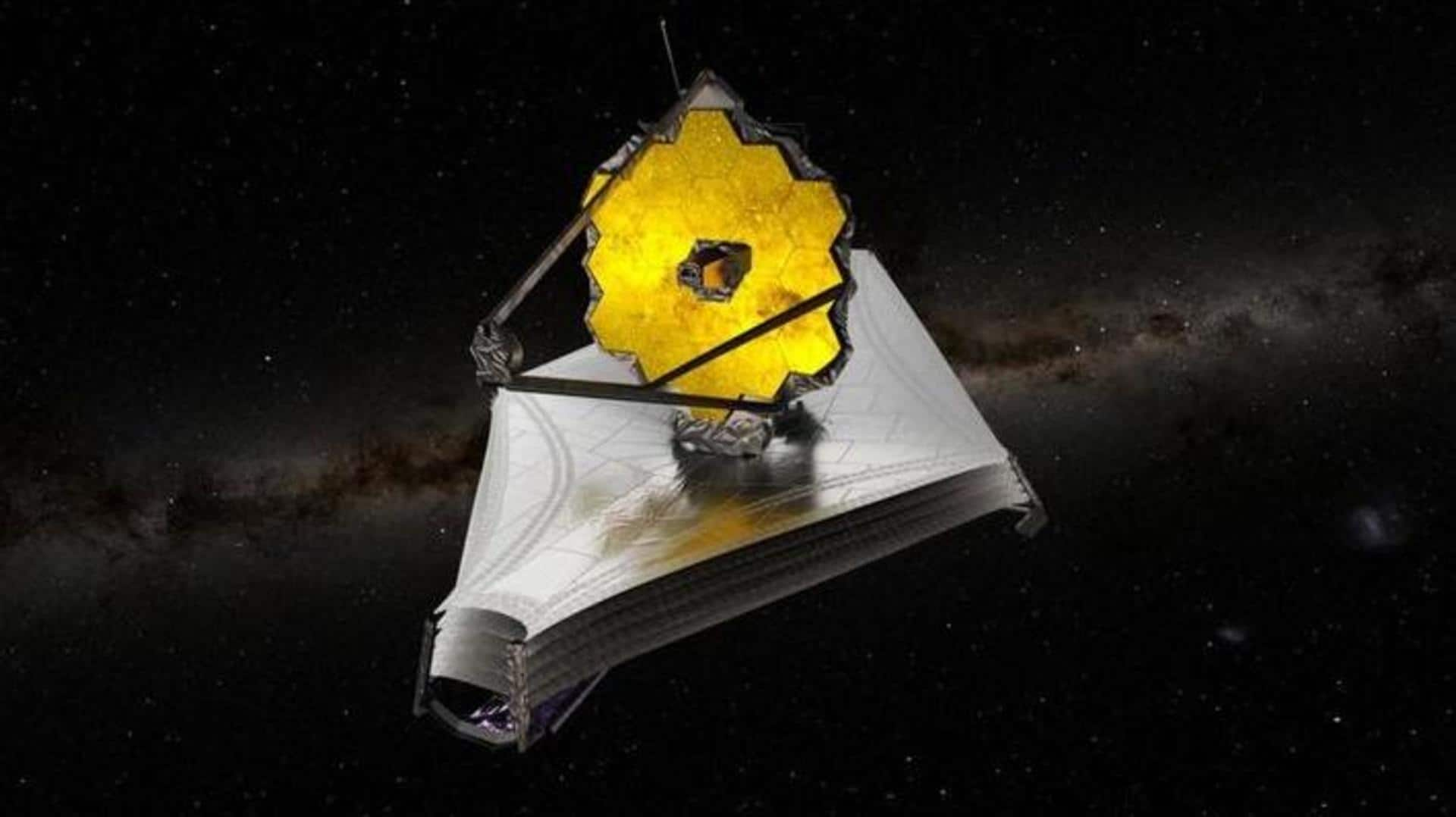
How NASA's James Webb telescope spotted the oldest-ever galaxies
What's the story
NASA's James Webb Space Telescope (JWST) has spotted four of the most ancient galaxies that have been known to date. Researchers say these galaxies formed when the universe was less than 350 million years old and the light from these galaxies has been reaching Earth for more than 13 billion years. These findings, thereby, are cruicial in understanding the first generation of galaxies.
Context
Why does this story matter?
Ever since the Webb telescope commenced operations, it has been probing space like never before. What's interesting about the latest Webb findings is that the galaxies are said to belong to a period called "the epoch of reionization," when the first stars are predicted to have originated. This epoch started right after the "Cosmic Dark Ages."
Discovery
The Webb telescope has been built to observe infrared light
Light from distant galaxies has been traveling for so long that its wavelength has been stretched due to the expansion of the universe. This stretching of light is known as redshift. That is, the longer the light travels, the more it is 'seen' shifted toward the red end of the electromagnetic spectrum. Webb has been designed to observe this kind of infrared light.
Observations
The four galaxies had extreme redshifts
The four galaxies, namely JADES-GS-z10-0, JADES-GS-z11-0, JADES-GS-z12-0, and JADES-GS-z13-0, were found to have extreme redshifts. As per the research, the galaxies formed 300 to 500 million years after the Big Bang. For reference, the universe is estimated to be roughly 13.8 billion years old, and these galaxies date back to when the universe was about 2% of its current age.
Distance
The most distant galaxy formed 320mn years after Big Bang
Among the four galaxies, the farthest is JADES-GS-z13-0 which formed 320 million years after the Big Bang. This is the greatest distance ever observed by astronomers, as per Stephane Charlot from the Astrophysics Institute of Paris. Webb's observations confirm the presence of JADES-GS-z10-0, which has been spotted before by the Hubble Space Telescope. This galaxy formed 450 million years after the Big Bang.
Detail
The galaxies were found to be "very low in mass"
The four galaxies were found to be "very low in mass," weighing about 100 million solar masses. In comparison, the Milky Way is estimated to weigh 1.5 trillion solar masses. The galaxies were poor in metal composition. This finding aligns with standard cosmology models which suggest that celestial objects closer to the Big Bang have lesser time for such metals to form.
Official words
"We can be absolutely confident of their fantastic distances"
"For the first time, we have discovered galaxies only 350 million years after the big bang, and we can be absolutely confident of their fantastic distances," said Brant Robertson from the University of California Santa Cruz. "To find these early galaxies in such stunningly beautiful images is a special experience." The two papers related to the study were published in the journal Nature.